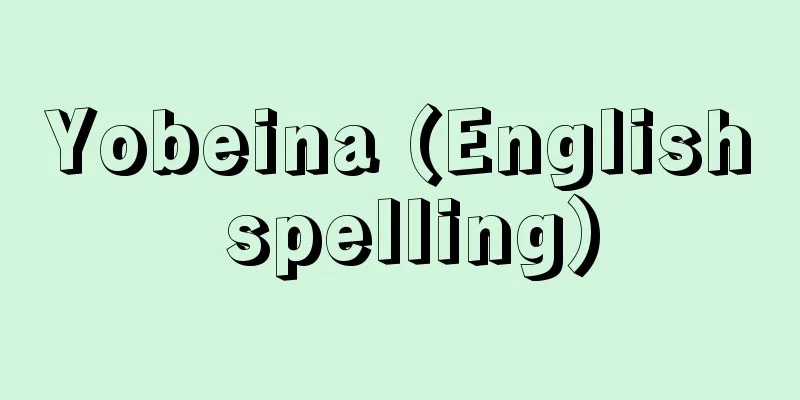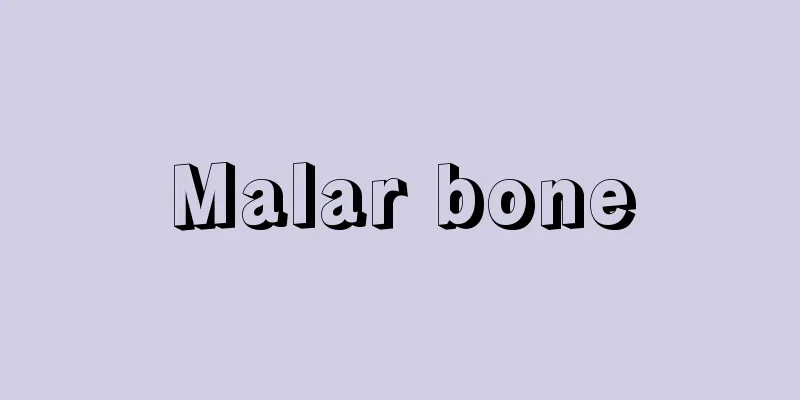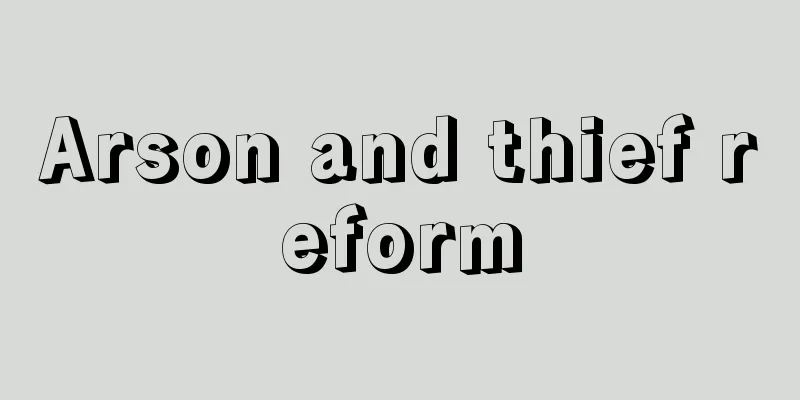Yobeina (English spelling)

|
A fossil genus of the Neoschwagerinidae family of the phylum Foraminifera of the kingdom Protista. The shell is large and spindle-shaped. The shell wall is thin and has a two-layer structure consisting of an outer wall and a pore wall, the latter of which becomes extremely thin in evolved species. It is an index fossil from the Late Permian. (→ Foraminifera) Source: Encyclopaedia Britannica Concise Encyclopedia About Encyclopaedia Britannica Concise Encyclopedia Information |
|
原生生物界有孔虫門ネオシュワゲリナ科の化石属。殻は大きく,紡錘形。殻壁は薄く外壁と蜂窩壁の 2層構造で,進化した種では後者はきわめて薄くなる。ペルム紀後期の示準化石。(→有孔虫類)
出典 ブリタニカ国際大百科事典 小項目事典ブリタニカ国際大百科事典 小項目事典について 情報 |
Recommend
Aeolian harp
The lyre is a stringed instrument whose strings ar...
Foot binding - Tensoku
A type of body modification for women, a custom u...
Bite-in phenomenon
...Furthermore, if the friction angle β (=tan -1 ...
Tafelmusik
Chamber music (1773) by German composer Georg Phil...
Battle of Azankur - Battle of Azankur
…Four years after he began his rule (1392), he we...
Pteropodidae
…General term for mammals belonging to the order ...
Tree (information science) - Ki
...Calculations and other processing of mathemati...
Wind tray - Kaze no bon
This festival is held every year for three days fr...
Chief Executive
...The Board of Audit and the Printing Bureau are...
Court drama
...The theater has long been protected by royalty...
Xenops minutes
...They live in trees and forests, building nests...
Maat
A basic concept that defines the ancient Egyptian ...
Jātaka - Jātaka (English spelling)
A collection of ancient Indian Buddhist tales wri...
nabob
…As a result, the British, who were expanding int...
Walden Reversal - Waldenhunten
Inversion of configuration that occurs in a subst...









